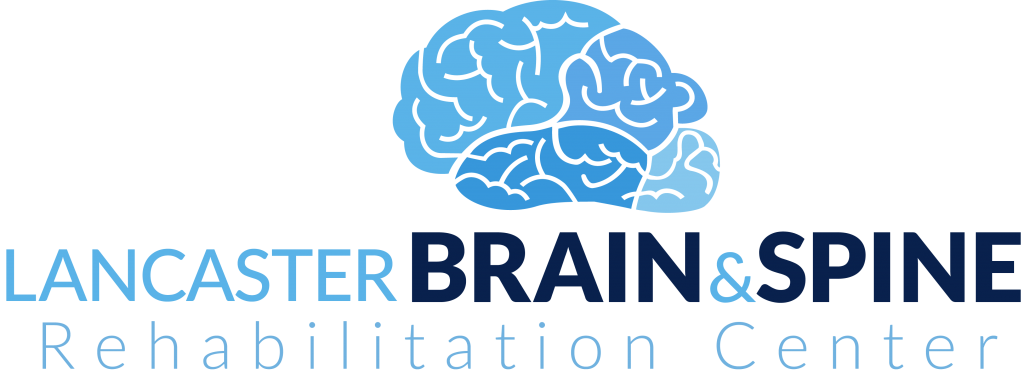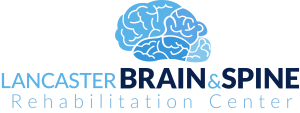As you might have guessed, the brain is the most complex organ in the body. It’s essential for basic human functions, and is also responsible for how you think, feel and behave.
Therefore, your brainwaves, which are the electrical activity in your brain, play a huge role in your mental health and behavior. There are five primary types of brainwaves, and each one serves a unique purpose necessary for proper brain function.
However, your brain lives in a delicate balance, so brainwave disruption can occur, sometimes leading to life-changing symptoms. Disruptions can be caused by a variety of factors, and the most common disruptions that require medical attention are when:
- One type of brainwave becomes more dominant than others
- You have too much or too little brainwave activity
- The left and right sides of your brain aren’t communicating properly
All of these disruptions can have a significant effect on your mental health, but the good news is that neurofeedback therapy can help us determine which of your brainwaves has been disrupted and then correct it without the use of pharmaceuticals.
Let’s explore how this therapy works and the different ways it can improve your mental health.
So What Is Neurofeedback?
Also commonly known as electroencephalogram (EEG) or brainwave biofeedback, neurofeedback is a natural, non-invasive therapy that can provide lasting relief from a range of acute to complex disorders. It allows us to explore our patients’ brainwaves.
Using this technique, we work on retraining the brain so it functions in a healthy way and results in positive change. Rather than temporarily treating symptoms with medication, neurofeedback is a holistic process aimed at addressing the root cause over time.
This therapy can be used to treat a variety of disorders and injuries, as we’ve seen it benefit a range of individuals with varying degrees of:
- ADHD
- Autism
- Depression
- Anxiety
- Stress
- PTSD
- Insomnia
- Traumatic brain injuries
- Panic attacks
- Seizure disorders
- Developmental delays
- And more.
How Does Neurofeedback Work?
Perhaps you’ve heard the term “biofeedback” before, which is similar to neurofeedback. With biofeedback, we’re checking biophysical measurements, such as heart rate and breathing. While these functions are monitored, you’re given real-time feedback to see if and how you can alter them. For example, using a breathing technique may lower your heart rate (and you’ll be able to see the results right away).
Now neurofeedback actually works very similarly to biofeedback. During your treatment, you’ll wear a cap with sensors that allows us to monitor your brain’s real-time activity. We set you up in front of a screen so you can watch a show, play a game, or close your eyes and listen to sounds. During your treatment sessions, all you need to do is sit back and interact with the activity, as the “work” happening in your brain is subconscious.
As your brain engages with the activity, we’re able to watch your brainwaves adapt, and essentially “train” your brain with rewards or subtle changes. Over time, your brain will begin to recognize these changes, and adapt its behavior internally to seek reward. And the end result is your brainwaves spending more time in their ideal state, which means a healthier you.
But How Does My Brain Recognize A Reward?
During your neurofeedback session, you’ll be engaging with auditory and/or visual feedback while we monitor your brainwaves — for this example, let’s say you suffer from anxiety and we’ve set you up to watch a movie. If the software program notices your brain activity is in an anxious state, it will dim the screen so that it’s harder for you to see the picture. As we see your brain relax and enter a healthy state, the screen will become brighter, therefore subconsciously rewarding your brain on its adaptation.
Over time, these consistent rewards teach and condition your subconscious brain so that it wants to be in a relaxed and calm state. Neurofeedback actually bypasses your conscious mind and directly influences your core impulses and processes which produce your conscious experience of the world — without you even knowing it.
What Does A Neurofeedback Session Look Like?
Our sessions are simple, comfortable, pain-free and require no real “work” from you. During your treatment, you’ll wear a cap with sensors to measure your brainwaves throughout the session. Although wet caps requiring gel electrodes are traditionally used during neurofeedback therapy, we now have the option of using dry caps.
As we mentioned above, you’ll watch a show, play a game or listen to rewarding sounds while we monitor your brainwaves and give your brain feedback in real-time, using visual or audio cues.
How Many Neurofeedback Sessions Will I Need?
Since we’re slowly rewiring your brain, the number of sessions required is different for everyone. Therefore, we always start neurofeedback therapy with a brain mapping session called a QEEG test (quantitative electroencephalogram).
During this 10-minute test, you’ll pop on the sensored cap that monitors brainwaves. We record your brainwaves for 10 minutes with your eyes open, and 10 minutes with your eyes closed to determine which areas and wavelengths we need to treat. During your next visit, we’ll share your results and then begin treatment.
Each treatment session lasts 30-45 minutes, sometimes booked twice per week, where we will do one or multiple neurofeedback protocols. Generally, we complete 10 treatment sessions and then retest your brain with a new QEEG to monitor progress and modify our protocols.
Some patients and conditions respond well and achieve results in a short treatment window. Those with chronic, degenerative conditions or underlying medical issues may require up to 40 sessions to achieve optimal results.
How Do I Know If Neurofeedback Is Right For Me?
The goal of neurofeedback is to retrain your brain and we’ve seen it benefit a wide range of patients with various brain disorders and injuries.
Here at Lancaster Brain & Spine, we provide holistic care and assess the whole person, not just the issue you may come in with. So while neurofeedback is one tool that may help you, there may be other treatments and lifestyle changes we suggest you do in combination to achieve the best results.
If you suffer from anxiety, depression, a traumatic brain injury or are currently going through treatments but are not achieving the results you want, neurofeedback therapy could be the missing piece to help your brain return to a healthier state.
To learn if neurofeedback could help improve your mental health, contact our experts for a free 15-minute phone consultation.







